On March 10, in Hanoi, the Ministry of Health coordinated with the Ethnic Committee and the United Nations Children's Fund (UNICEF) to organize a conference to advocate for policies to support the team of midwives in villages and hamlets.
In his opening speech, Deputy Minister of Health Tran Van Thuan emphasized: “Although in recent years, with the attention and investment of the Party and State, the support of ministries, branches, Party committees and authorities at all levels as well as international organizations, and the efforts of the health sector, Vietnam has achieved many encouraging achievements in maternal and child health care.
The maternal mortality rate in Vietnam has decreased significantly. However, Vietnam is still facing challenges in reducing the significant disparities in health status, maternal mortality, and child mortality between regions and ethnic groups. Health care for ethnic minorities in mountainous, remote and isolated areas is facing many difficulties. In such circumstances, ethnic minority midwives in disadvantaged areas are a temporary but very effective solution at the present stage, helping to remove geographical, cultural and economic barriers that prevent ethnic minority women from accessing prenatal examination, safe delivery and postnatal care services.
Formed in the 90s of the last century, the team of village midwives has made significant contributions to maternal and child health care in ethnic minority areas, especially in reducing maternal and infant mortality...
Village midwives are people living in ethnic minority communities who use their own language to convey important health care information to villagers and provide safe motherhood services right in the village.
To become a village midwife, each trainee must undergo at least 6 months of training according to the program and training content of the Ministry of Health. With the knowledge and skills trained and practiced at hospitals, village midwives can take care of pregnant and postpartum mothers, safely deliver babies, detect complications in mothers and newborns, perform basic life-saving skills and promptly refer to other hospitals. With the attention and investment of the State, and the support of domestic and international organizations, to date, 3,077 village midwives have been trained nationwide.
According to local reports, as of January 31, 2023, 1,528 village midwives had been trained but had stopped working due to lack of funding. Currently, the number of village midwives receiving allowances has decreased to only 911, of which 732 are also performing the duties of village health workers.
Although Vietnam has issued many important policies to maintain, strengthen and develop the team of village midwives, the implementation of these policies still varies between localities, leading to difficulties in maintaining the activities of the midwife team. Many localities do not allocate funds to support the activities of village midwives.
UNICEF Deputy Representative Lesley Miller said: “Maternal health and survival must remain a top priority in Viet Nam’s Health and Development Programme. To maintain the remarkable progress Viet Nam has made over the past decades, more efforts are needed to ensure that all mothers, regardless of ethnicity or location, receive good care during pregnancy and childbirth. Village midwives in mountainous and remote areas are an important resource in the primary health care system.
Maintaining and expanding the village midwifery workforce can play a vital role in improving maternal health outcomes and saving the lives of mothers and newborns.
To maintain the village midwifery workforce, authorities at all levels need to strengthen inspection and supervision of the implementation of relevant policies and programs, especially at the provincial level; develop and update resolutions, action plans and guidelines at the national and provincial levels to fully support the training, implementation, operation and maintenance of the village midwifery workforce. This should include adequate budget allocation and increased human resources for the primary health care system in Viet Nam, and continued mobilization of additional support from development partners, businesses and relevant civil society organizations, especially in building the capacity of village midwives in provinces in need.”
At the conference, delegates discussed policies on maternal and child health care in disadvantaged areas, shared local experiences in supporting village midwives to propose solutions and recommendations to support and maintain the development of village midwives.
At the same time, delegates signed a Banner with the message "Joining hands to implement the policy to support village midwives for the health of mothers and children in ethnic minority and mountainous areas", expressing the wish that the policy for village midwives will be fully implemented as soon as possible./.
Source






























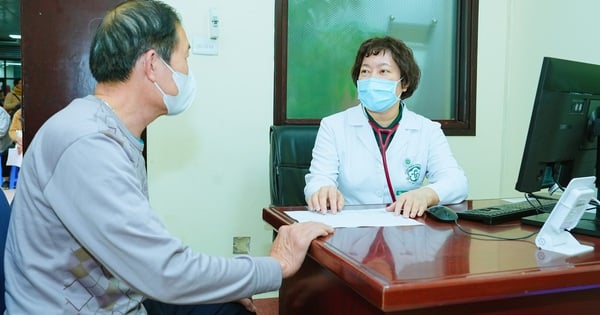

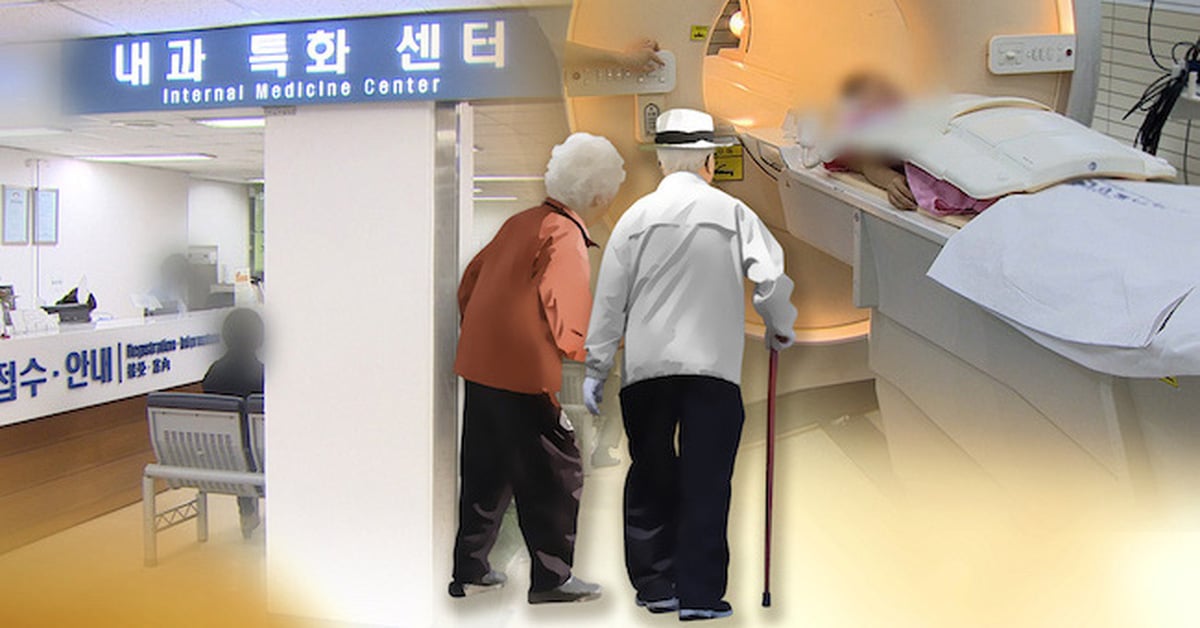

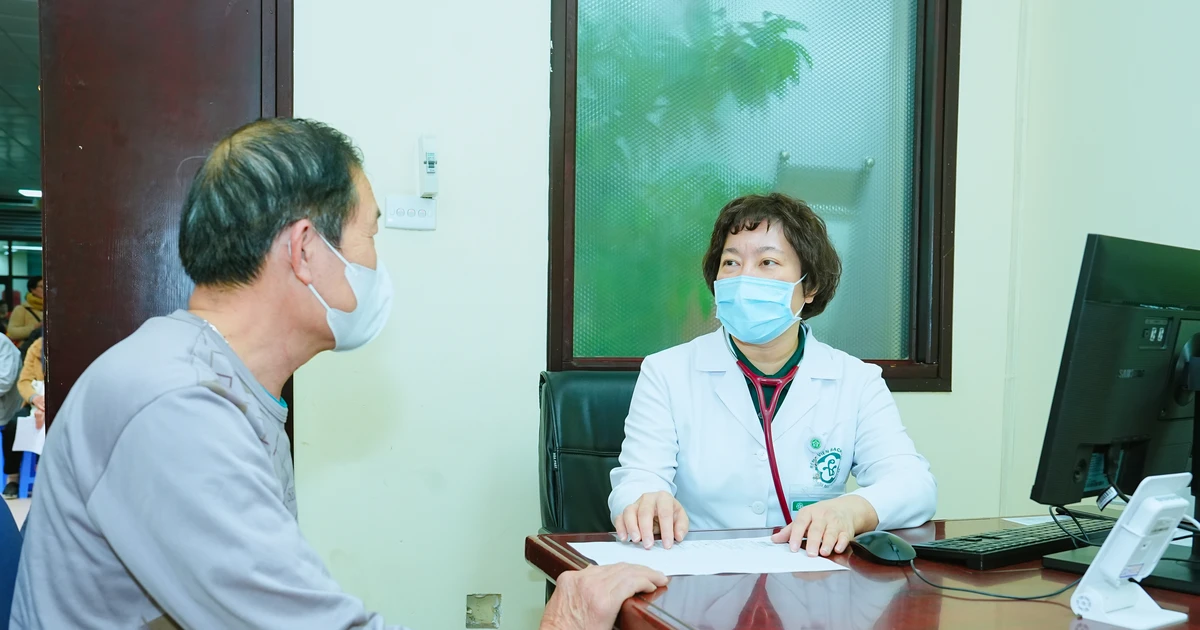








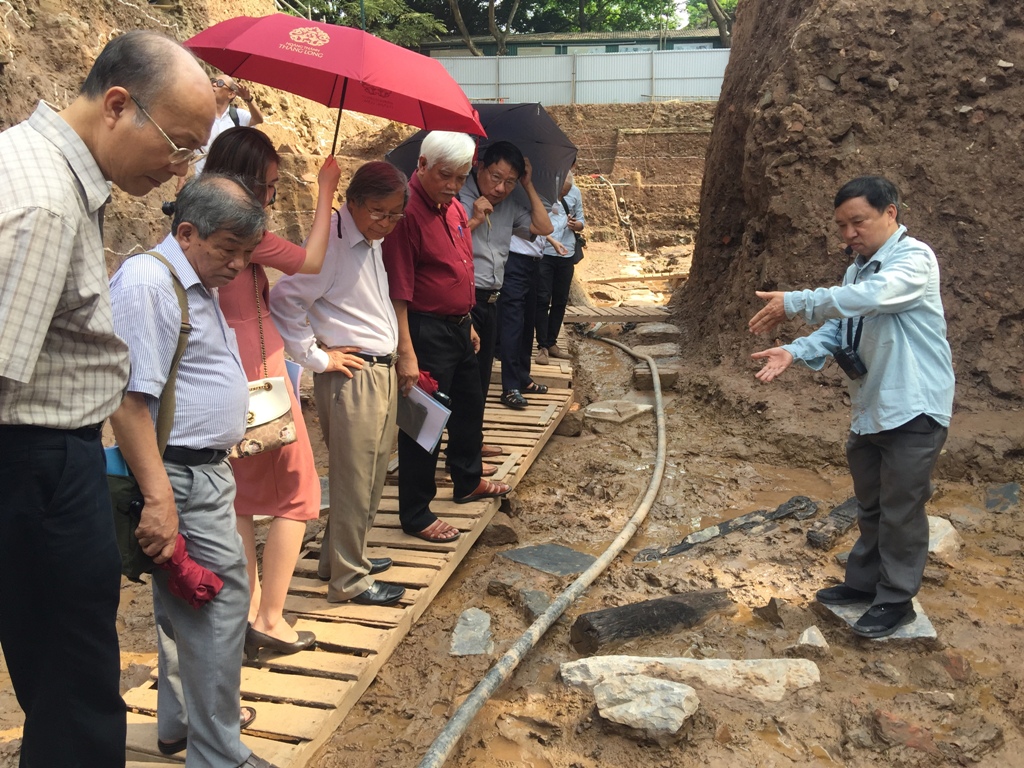








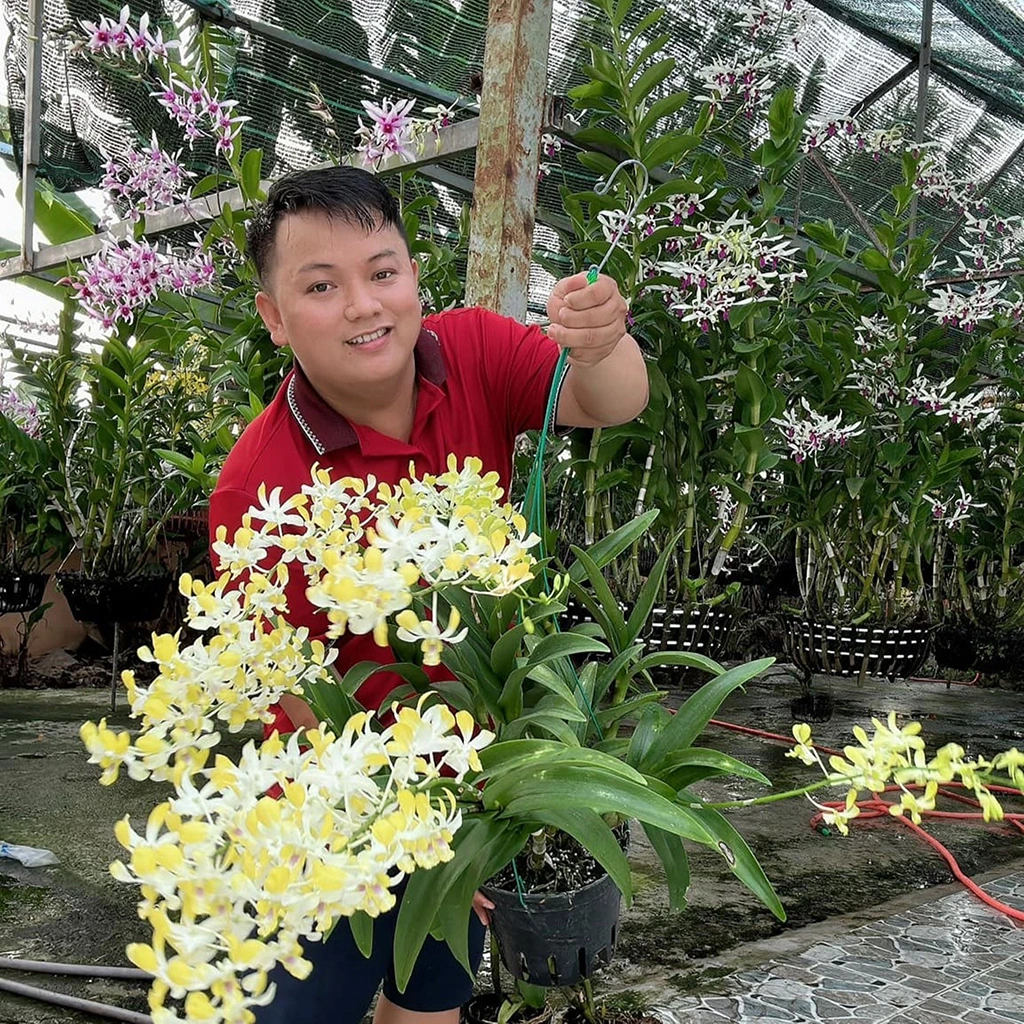









Comment (0)